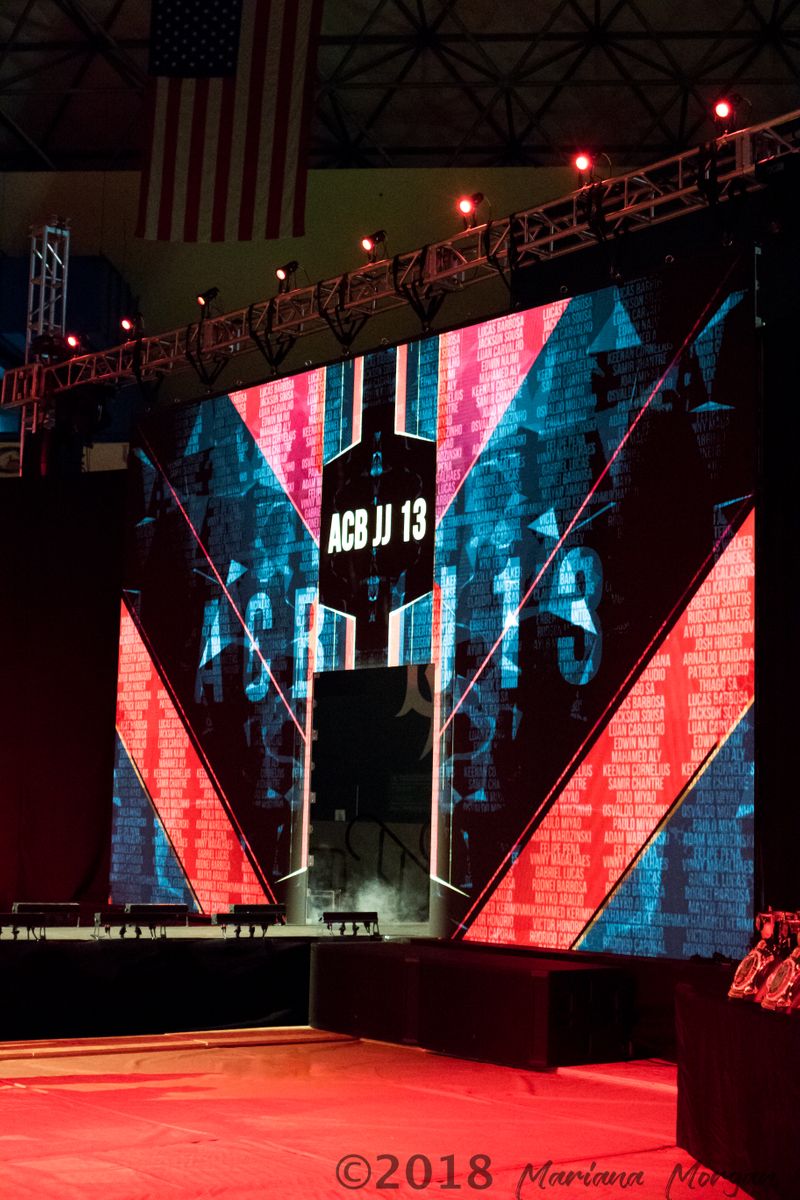Enhancing Effectiveness and Lifespan Through Advanced Heat Control in LED Panel Systems
Wiki Article
Light Emitting Diode display panels have become increasingly prevalent across diverse sectors, such as promotion, entertainment, as well as also domestic decor. Such screens deliver bright, dynamic presentations that can capture interest and enhance aesthetic impact. However, one key consideration of maintaining their effectiveness and durability is proper temperature management. When LED units function, they emit heat. If this excess temperature is not controlled appropriately, it can cause diminished illumination, chromatic accuracy, and potentially a limited lifespan for the panels. As a result, understanding how to efficiently control heat is crucial for enhancing the functionality of luminescent display panels.
Temperature control in LED technology refers to the techniques used to handle and minimize the surplus thermal energy created throughout use. One common practice involves compounds with strong thermal conductivity, for example alloy or copper metal. These metals can quickly dissipate heat out of the LED elements, ensuring the working temperature at a controlled range. In addition, the engineering of LED displays plays a crucial part in heat regulation. Panels that integrate thermal sinks or ventilation systems enable heated air to exit while pulling in fresh currents, further supporting heat management.
An additional key factor in proper temperature dissipation is correct mounting and positioning of Light Emitting Diode wall panels. Making sure that there is sufficient room around the units facilitates enhanced airflow, which works to regulate them down. It is also important to refrain from placing LED screens in confined spaces where thermal energy can become accumulated. As an alternative, they should be installed in areas with effective ventilation to support optimal temperature regulation. Specialists often suggest positioning Light view Emitting Diode displays not near intense sunlight or other heat sources to prevent excessive heat.
Consistent servicing of luminescent wall panels is also essential for achieving efficient heat control. Dust and debris can collect on the surface of the panels and inside their elements with use. This buildup can restrict ventilation and reduce the panel’s capacity to dissipate heat properly. Clearing the outer areas periodically and ensuring that any internal components are free from obstruction will help preserve maximal efficiency conditions. Furthermore, monitoring for any evidence of wear or damage can help preventing overheating problems before they become serious problems.
In conclusion, effective temperature dissipation is vital for enhancing both the functionality and longevity of luminescent wall panels. By using materials with full service led installation high thermal conductivity, maintaining proper installation and positioning, and performing regular maintenance, users can significantly enhance their LED experience. Understanding these practices not only aids in sustaining the standard of the displays but also contributes to power efficiency and environmental responsibility in lighting solutions. With ongoing technological progress, prioritizing heat management will remain an essential element of utilizing luminescent wall panels to their full capacity.
